In April 2025, I joined a group of Under30Experiences (U30X) alumni visiting South Korea. This was U30X’s first travel group to visit the delightful country, during which we spent time in Seoul, Jeonju, and Busan. Despite my best attempts at researching and preparing for the Korean weather, it still managed to surprise me. In this post, I’ll share my personal experience with the weather in Korea and cherry blossom season, as well as typical weather expectations and tips for future travelers to South Korea.
Late March and early April are cherry blossom season in South Korea. You can find cherry blossom festivals throughout the country, where locals and tourists gather to celebrate the seasonal beauty. Once the winter temperatures subside, buds begin to form on the cherry blossom trees. After about a week or two, the petals begin to bloom and fall, creating stunning “flower rain” moments. Despite the best predictions of experts, cold snaps and cloudy days can contribute to delays in the blooms.
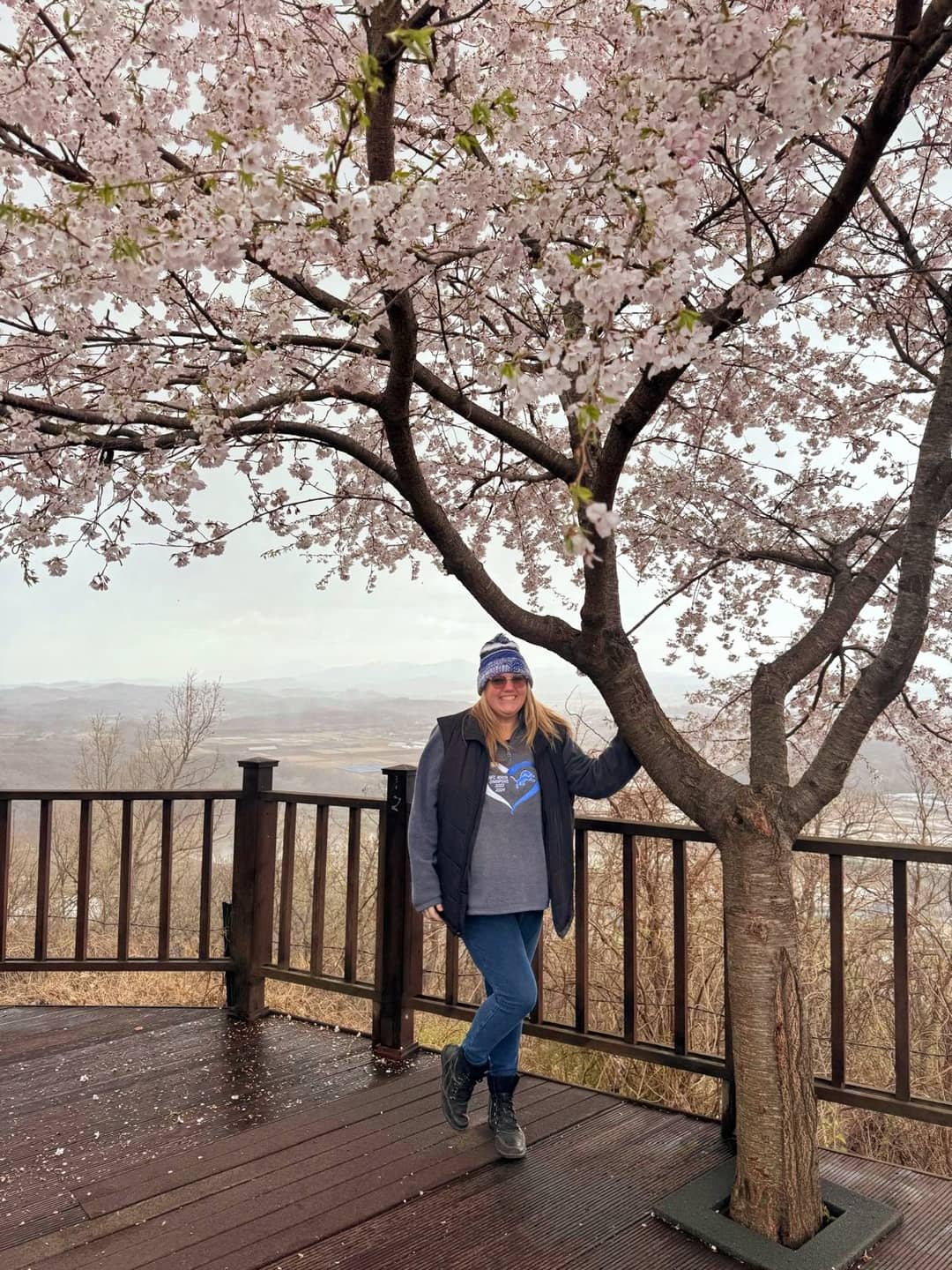
Spring weather in South Korea is typically mild, with light breezes and chances of rain. Historical temperatures for the month of April range from the low 40s°F to the high 60s°F. As luck would have it, our group got to experience Seoul’s cherry blossom blooms and snow at the same time! Due to the colder-than-typical March temperatures, the blooming schedule had been pushed back enough to align with our April 12th arrival. We were able to enjoy beautiful cherry blossoms in full bloom in Seoul, at the DMZ, and along the roadside during our travels between Jeonju and Busan. Despite being prepared for colder than typical temperatures, we were shocked when it snowed during our first few days in Seoul. According to the local news, the last time it snowed during cherry blossom season was over 100 years ago, in 1907! Our time in Seoul was filled with frequent precipitation. Several times, we were caught in the rain, with one person in our group purchasing an emergency umbrella and another taking shelter under a bus stop. However, we didn’t let the weather deter us from our sightseeing activities.
Thankfully, after spending a few days in cold and wet Seoul, our U30X group took a bus to the beautiful boutique town of Jeonju. This was when the weather began to align with our preconceived notions. The few days we spent in Jeonju were filled with sunshine. Occasionally, the air contained a mild chill, which required a light jacket, especially once the sun had gone down. Our group used one of these gorgeous days as a backdrop for our photos of us wearing traditional Korean clothing, “hanbok.”
Before returning to Seoul, our U30X group spent a couple of days along the coast in the busy beach town of Busan. The weather in Busan was windy and occasionally cloudy. The air seemed to be both pleasant and somewhat chilly. Southeastern Korea had been experiencing wildfires, which led to smoke slightly darkening the sky in adjacent Busan. It was common in South Korea to see people wearing masks due to air quality concerns. Gratefully, with help from the recent precipitation, the air quality was not bad during our stay.
Read our Guide to Busan, Korea.
What is the weather like in Korea?
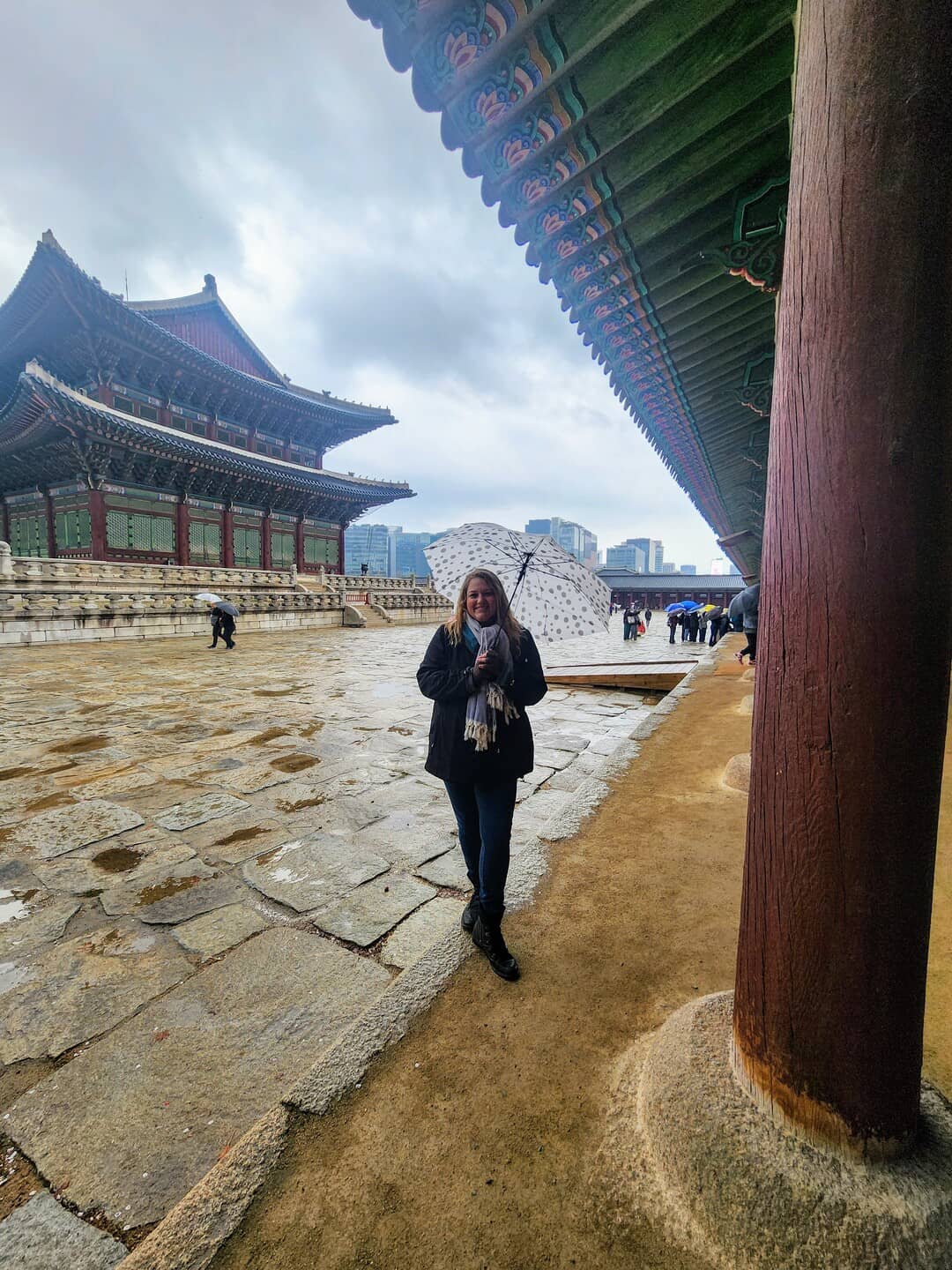
While the weather in South Korea can be slightly unpredictable, here is a year-round look at what can be expected during all four seasons in general:
Spring weather (March–May) is typically mild, with light breezes and chances of rain. Historical temperatures for springtime range from the 40s°F to the low 70s°F (8°C - 20°C). Spring is often regarded as the best time to visit South Korea due to the cherry blossoms and mild temperatures.
Summer weather (June–August) brings hot and humid days. Monsoon season can also bring heavy rainfall, particularly in June and July. Historical temperatures for the summertime range from the 70s°F to 90s°F (20°C - 32°C). Summer is the perfect time to visit Busan and South Korea’s coastal regions, as the beach towns come alive with guests and the ocean breeze offers some comfort from the high humidity.
Autumn weather (September – November) is generally dry with mild temperatures. Historical temperatures for the autumn months range from the 50s°F to 70s°F (10°C - 20°C). Fall in South Korea is known for its vibrant foliage as the leaves change color for the season.
Winter weather (December – February) is normally cold and wet. Snowfall is common, particularly in inland cities such as Seoul. Coastal areas such as Busan typically experience milder winters. Historical temperatures for the winter range from the low teens °F to the low 40s°F (-10°C - 5°C). Winter is a popular time for skiing in South Korea’s mountainous regions.
South Korea’s weather patterns vary depending on which region of the country you are visiting. Here is a breakdown of what type of weather to expect regionally when visiting South Korea:
Weather in Seoul
Seoul is located inland in South Korea’s northernmost part of the country. Seoul is the capital of South Korea and lies along the Han River. The greater Seoul metropolitan area boasts over 50% of South Korea’s total population and is located approximately 35 miles from the border with North Korea. Seoul is known for its precipitation, with snow flurries in the winter and rain during monsoon season. Winter temperatures are often below freezing, and summer temperatures are hot and very humid. Spring and Autumn in Seoul tend to have milder and more pleasant temperatures.
Weather in Jeonju
Jeonju is located inland in South Korea’s southwestern part of the country, surrounded by mountains and farmland. Jeonju is known for its rich cultural heritage and lively culinary scene. Autumn and Spring are considered beautiful times to visit South Korea, due to mild temperatures and visible changing of foliage with the seasons. Summer temperatures in Jeonju are hot and humid, like Seoul, and monsoon rains are common. Winters in Jeonju are slightly milder than in Seoul, with infrequent snowfall.
Weather in Busan
Busan is a large port city located in South Korea’s southeastern region along the coast of the Korea Strait. Busan is known for its major seaports, beautiful beaches, and thriving maritime industry. Busan boasts a subtropical humid climate with fewer temperature swings compared to South Korea’s inland cities. The sea breeze helps moderate the temperature, especially in spring and fall. Spring and Autumn are considered Busan’s best weather due to mostly clear skies, cool breezes, and low humidity. Winters in Busan are mildly chilly and generally dry. Summer in Busan is hot, very humid, and often wet. Monsoons and typhoons are likely during the summer months.
South Korean Climate By Region
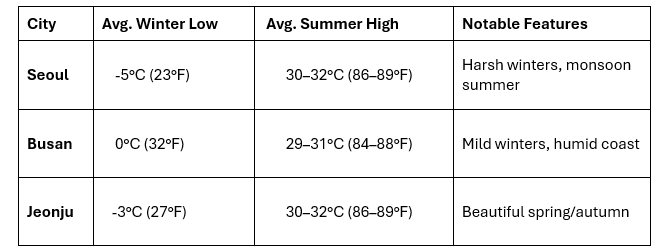
Packing Tips for Korea:
- Pack several layers, JUST IN CASE! I personally packed and used a puffer vest, a scarf, a winter hat, and gloves. It felt like overpacking at the time, but I didn’t regret it one bit.
- Bring waterproof shoes and clothing. It rained for a lot of our trip, so expect wet weather. South Korea has an amazing umbrella culture—some hotels provide umbrellas to borrow, and most public places have umbrella stands, dryers, or plastic sleeves. Waterproof shoes were a lifesaver, but if you forget, you can easily find inexpensive shoes and socks in local shops. I also brought a rain jacket and a waterproof hat to keep me dry while staying hands-free.
- Consider bringing a sunhat or parasol. Shielding your face from the sun is very common in South Korea. On sunny days, you’ll see locals wearing wide-brimmed hats or carrying UV-blocking parasols. Skincare is a big deal in Korean culture, and sun protection is a major part of it. Don’t worry if you forget sunscreen, there’s an Olive Young in every area with the best Korean skincare ingredients.
- Comfortable footwear. According to my smart watch, I walked over 80 miles in 11 days while visiting South Korea. Choose to bring shoes that are comfortable and breathable for extended periods of walking.
- Don’t forget to hydrate! Bring a reusable water bottle for convenience and sustainability. The tap water in South Korea is safe to drink, and you will often find water refilling stations. Remember that humidity can make summer temperatures feel hotter than the thermometer shows.
- Check the weather forecast before you leave. While not always accurate, having a ten-day forecast can help you prepare for all weather possibilities.
Read more: Guide to Safety in Korea.
Fun fact about Korea – Koreans like it warm! We quickly discovered our hotels did not offer air conditioning in April - only heat. Luckily, the windows opened in all our hotel rooms. I had watched several videos showing what people wore during cherry blossom season to help plan my packing. However, the unexpected cold snap and the fact that locals often wear warm layers until temperatures reach the 70s made my research less helpful. Some Midwesterners in our group thought the weather felt like typical spring back home, while those from Texas were constantly bundled up. Knowing your own comfort range is essential when planning a trip, especially to a place like South Korea.
While I had left Michigan hoping to escape the snow, I feel incredibly grateful for the once-in-a-lifetime experience we had in South Korea. How many people can say they stood among falling snow and cherry blossom petals at the same time? Because of the late cold, we were lucky enough to catch the blooms at their peak. I doubt April in South Korea will be this cold again for years to come, but in this ever-changing world, who knows? It’s best to be prepared for all kinds of weather, so you can stay comfortable and make the most of your adventure, especially when traveling with Under30Experiences.




.avif)





















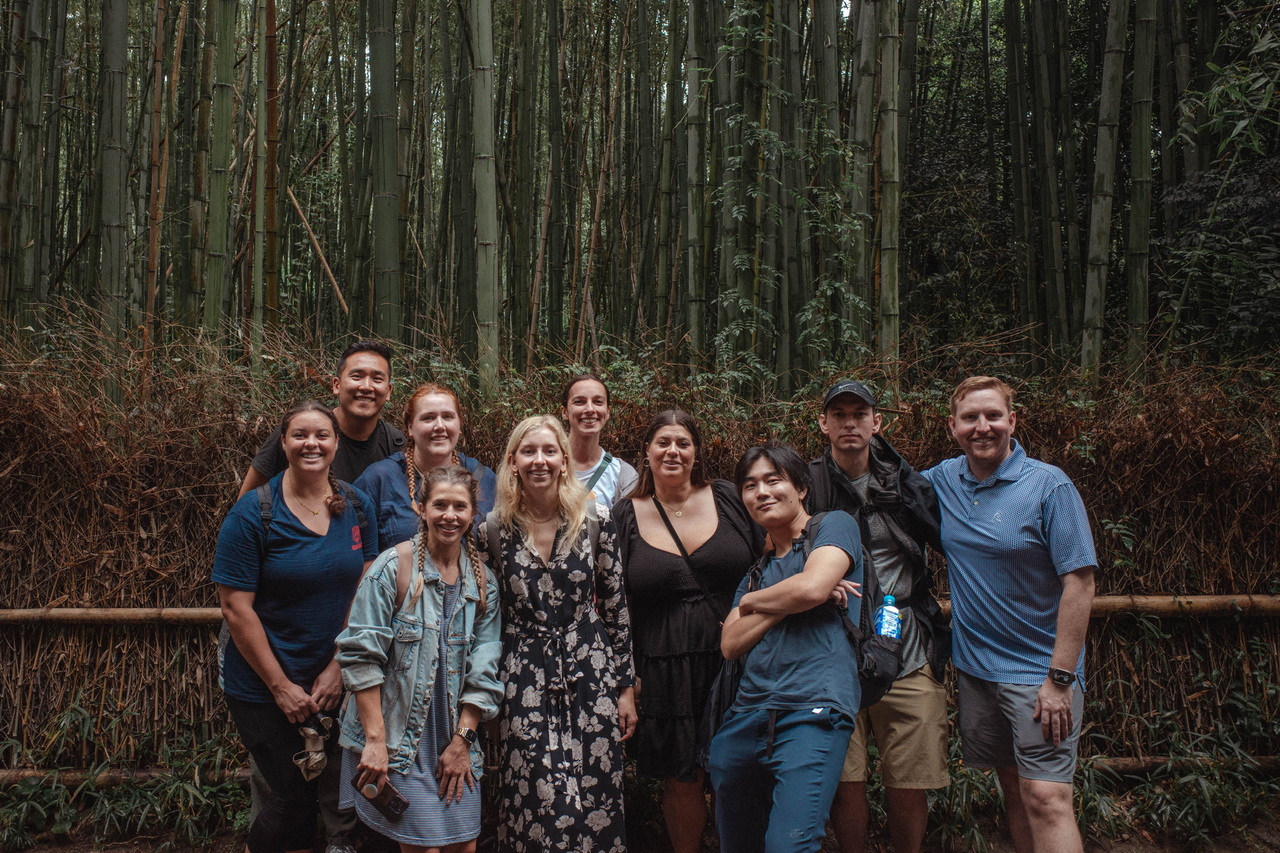
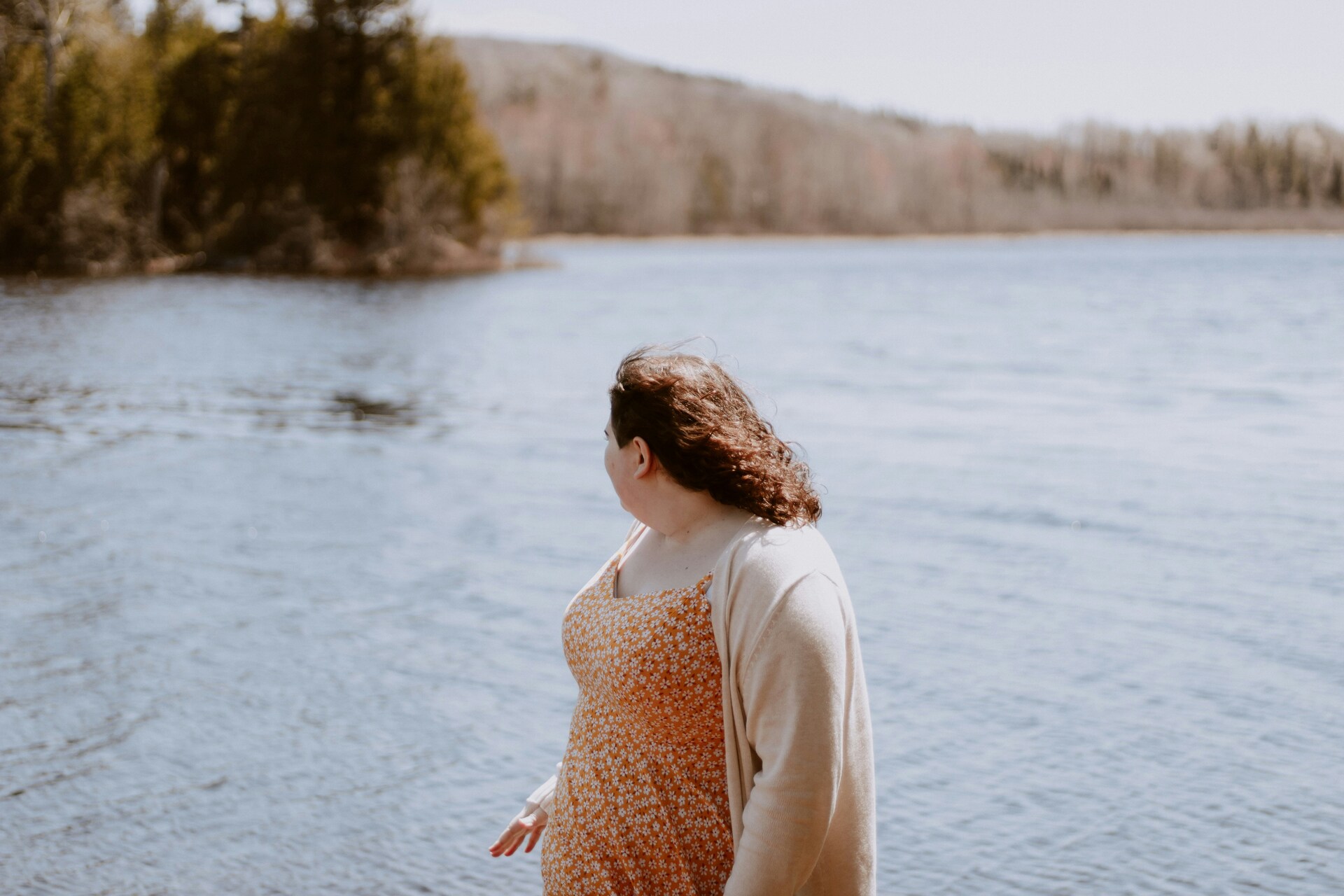
.jpg)


